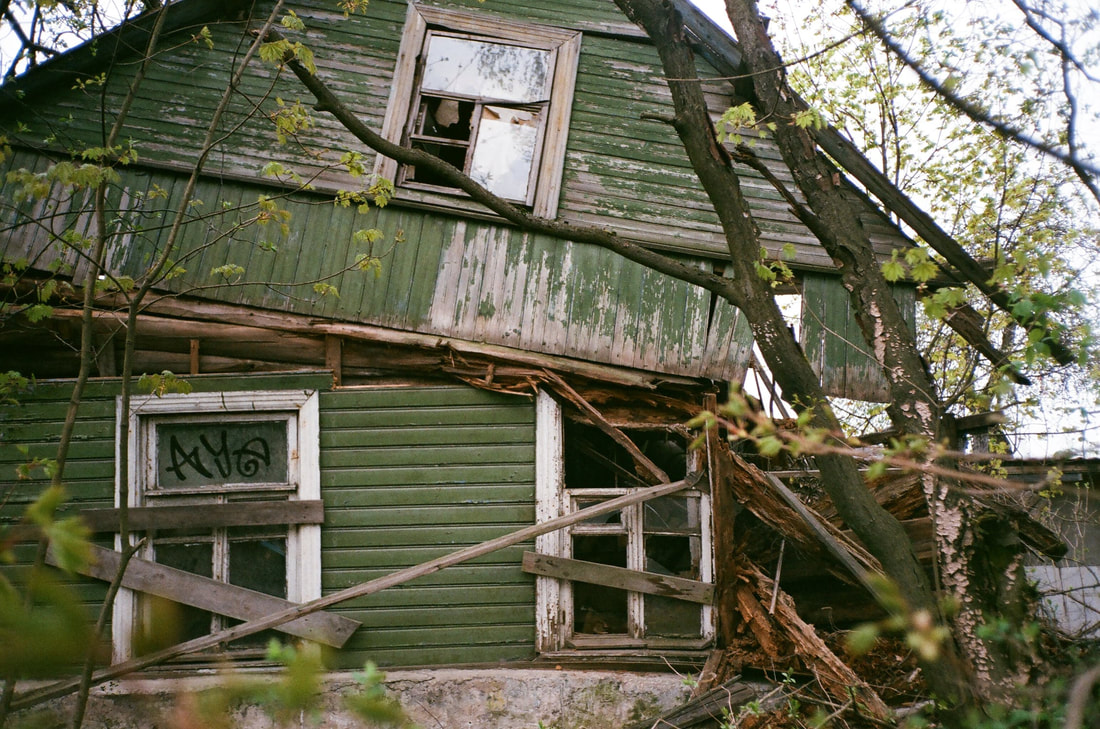|
It’s always a good idea to get a home inspection before you purchase a home. While home inspections are not all encompassing, they will illuminate areas of concern within a property. An inspector will carefully assess all major components of a home, and highlight areas in need of repair in a detailed report. Truth be told, at first glance, almost all inspection reports appear scary. An inspector points out every defect, area of potential concern, and potential pitiful with a given home. Many of these deficiencies are not something to be worried about, but a few items may haunt you forever if you decide to move forward with the purchase.
Foundation Issues Here in central Texas, it is not uncommon to see homes with foundation issues. I still remember a home I showed many years ago in East Austin that I nicknamed “The Topsy-Turvy” house. Walking through it made me feel like I was in one of those carnival attractions with disorienting mirrors everywhere. Foundation settling is normal, but when a home has significantly differential elevations in can be a major issue. Foundation repairs are expensive, oftentimes requiring a low five figure to repair. But, that’s not the only thing. When you repair the foundation, you will likely have to fix everything above it too. Tiled floors crack, drywall will need to be replaced, cabinets and molding may shift. You get the idea. A foundation issue is something that could haunt you for years. Roof Deficiencies Roofs generally last a few decades. Obviously that depends on the type of roof and how well it is maintained, but something that is supposed to last for that long comes with a high ticket price. If a roof is in substantial disrepair, it can be a major source of concern. There may be water damage in the interior of the home, and with water damage comes potential for a slew of other concerns. Pests, mold, and termites all are more likely when they have a life source. A roof replacement is something you may be able to negotiate being covered by the seller’s home owner’s insurance policy, but even if you are able to negotiate a new roof make sure the faulty room didn’t already cause other issues. Antiquated Electrical Systems Old wiring in a home can be a true horror if not properly corrected. Homes built prior to the 1940s have what’s known as knob and tube wiring. Knob and tube wiring only has a hot wire and a neutral wire. There is no neutral wire, and connections were not made in junction boxes. These are all potential fire risks. Aluminum wiring was widely used throughout the 60s and 70s and is common in many Austin homes. It poses its own fire risk with aluminum to other metal connections creating electrical resistance making the wiring hotter when in use. With hourly rates for most electricians starting in the hundreds, you can see how repairing these issues can quickly add up to a major drain on your pocketbook. Ultimately, even the scariest of items identified during an inspection may not be reason to walk-away from a home purchase. However, it’s important you understand these risks and comprehend the likely financial costs to fix the defects. A home with numerous problems can still be a good investment if you can purchase it for the right price.
2 Comments
For many years I have heard horror stories from clients in regards to home owner’s associations. Most frequently, it comes from individuals who are simply perplexed by the excessive fees such associations can charge for merely delivering required paperwork. When you purchase a property that is located in a community with a home owner’s association (HOA) you need an official copy of the HOA documents and a resale certificate. These documents tell you the rules for the community, what the HOA fees cover, the HOA’s financials, and if the seller is delinquent on any HOA dues. Obviously, all of these things are important documents to look over if you are planning to purchase in the community. However, the fees associations demand for such documents are sometimes downright highway robbery.
Passed earlier this year, Senate Bill 1588 helps mitigate these concerns. Effective September 1st, HOAs are barred from charging inordinate fees for subdivision information statements and resale certificates. The bill placed a cap of $375 on the cost for subdivision information statements, and limited HOAs to charging a max of $75 for a resale certificate. This is a huge win, as I have seen HOAs charging thousands for these simple documents in the past. In addition to setting caps on the amount HOAs can charge for these resale documents, the legislation also included a few other safeguards aimed at protecting Texans. The bill does the following:
While these changes are certainly appreciated among industry professionals and consumers, the new legislation has one major pitfall. This legislation is wonderful for those residing in or purchasing a home in a community with a property owner’s association, but it does not protect anyone who lives in a condo association. With the increasing costs of land in central Texas, more and more builders are creating single family homes that live and act like a house, but are technically condos. These homeowners as well as traditional condo owners are still susceptible to exorbitant charges from condo associations. Do you have questions about buying or selling in an area with a home owner’s association in the greater Austin area? Contact me today. |
BLOGSharing Austin real estate updates, home owner tips, & more. Archives
February 2024
Categories
All
|


